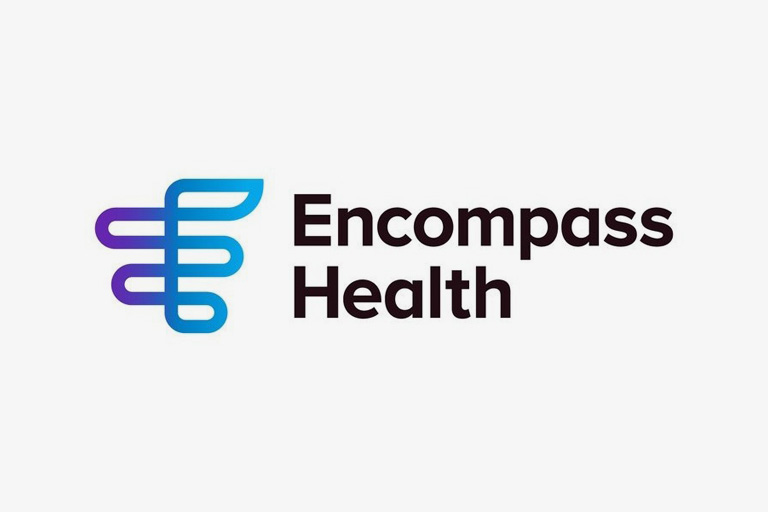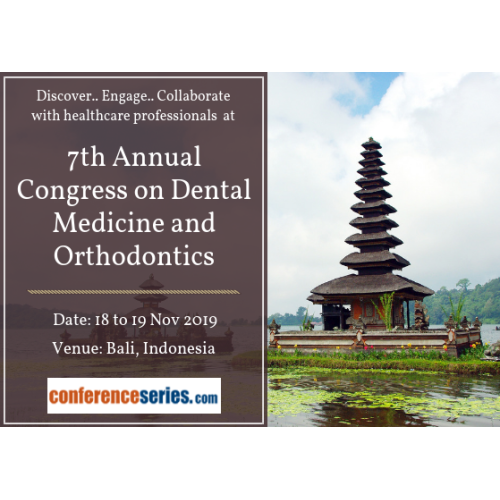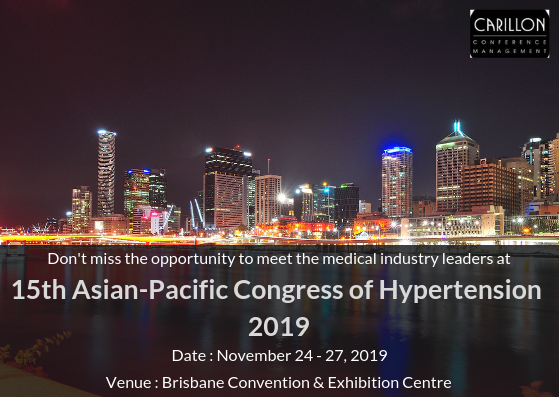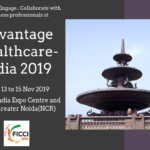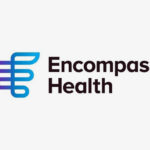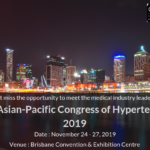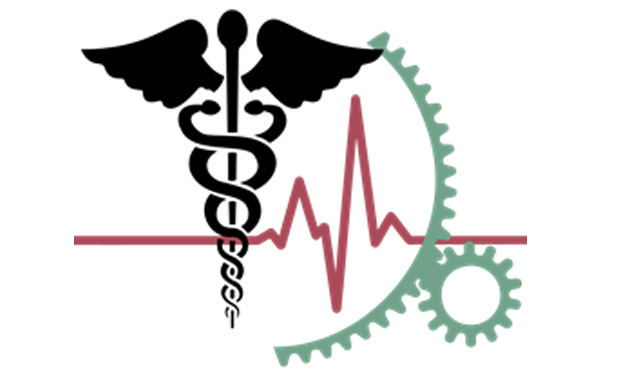Stanford University researchers have developed a mathematical model that could help public health officials and policymakers curb an opioid epidemic that took the lives of an estimated 49,000 Americans last year.
The model includes data about prescriptions, addictions and overdoses in the United States. It can be used to consider “what if” scenarios similar to those that business leaders run through to project how changing product features or prices are likely to affect sales and profits, said Margaret Brandeau, PhD, the Coleman F. Fung Professor in the School of Engineering and a professor of management science and engineering.
Brandeau is the senior author of a paper that describes how the model analyzes opioid use and addiction among Americans whose initial exposure to these drugs came either from being prescribed pills or gaining illicit access to pills.
The paper was published Aug. 23 in the American Journal of Public Health. The lead author is graduate student Allison Pitt.
‘Like squeezing a balloon’
Using models is relatively new in the realm of public health, where responsibility for solving problems is widely diffused among a variety of governmental and private sector decision-makers, said co-author Keith Humphreys, PhD, the Esther Ting Memorial Professor and a professor of psychiatry and behavioral sciences.
“Confronting this crisis is like squeezing a balloon,” said Humphreys, an expert on substance abuse. “When you touch one aspect of the situation, an unpleasant consequence often pops up somewhere else.”
The paper cites the daunting facts of the opioid crisis: Between 1990 and 2010, there was a 400 percent spike in prescriptions for opioid painkillers. Today, roughly 3.5 million Americans have become addicted to opioids as a result of an initial exposure to opioid pills. Yet, as doctors have begun responding to the crisis by reducing prescriptions, overdose deaths have increased because former pill addicts, unable to get the quality-controlled drug, have started buying and overdosing on heroin.
Against this bleak backdrop, the Stanford model projects that if doctors can cut prescriptions by 25 percent over a 10-year period, while policymakers expand drug treatment programs, addictions and deaths will start falling by 2026.
“People want this to be over sooner, but the model shows that we’ve dug ourselves such a deep hole that it will take time to climb out,” Brandeau said.
Putting the puzzle together
Humphreys said the model puts multiple parts of the opioid-crisis puzzle together so that government and private-sector officials can see how addressing any given aspect of the crisis will affect the big picture.
“This is perhaps the most complex public health challenge we’ve ever faced,” Humphreys said. “We need this tool to avoid policy paralysis.”
Pitt, the lead author, spent the last two years collecting data on opioid use and addiction and other variables. The researchers based their model on data from 2015. Thereafter the model made projections for such variables as what fraction of American adults experience moderate to severe pain each year; how many opioid painkillers are prescribed; how many people have become addicted to opioids by starting with pills; and how many Americans who initially became addicted through exposure to pills die each year from overdoses of pharmaceutical opioids or heroin.
In 2015, when 188 million opioid prescriptions were issued, 3.5 million Americans were already addicted to opioids through initial exposure to pills. Of these, the researchers estimated that roughly 16,000 died as a result of a pill overdoses. Another 22,000 who were initially hooked on pills died that year from heroin overdoses. This crossover from pills to street drugs, which often occurs when pill addicts can no longer get prescription medications, is one tragic aspect of the opioid crisis. In addition to these 38,000 deaths related to pill exposure, an estimated 26,000 more Americans died of overdoses from other drugs, mainly from cocaine and methamphetamine in 2015. But the Stanford study does not factor these deaths into the model.
Instead, the researchers focused on overdoses that could be traced to pill exposure and projected forward 10 years to make educated guesses about how different scenarios would be likely to decrease addiction and death rates stemming from pharmaceutical opioids. The first, or baseline, scenario was to project the status quo. If current trends prevail, the model projects that 188 million prescriptions would still be written in 2026, and that by then an estimated 4.3 million Americans would have become addicts through an initial exposure to pills. Pill-connected overdose deaths would likely soar to an estimated 50,000, compared with 38,000 in 2015.
Considering the ‘what ifs’
After establishing this baseline, the researchers considered various scenarios by which the epidemic might be slowed: What if physicians reduced new prescriptions across the board? What if there were controls on refills? What if there were easy ways for patients to get rid of their excess pills so they don’t get misused? What if various post-addiction treatments were made more available?
The scenario that assumes physicians reduce opioid prescriptions by 25 percent resulted in 2,500 fewer overdoses over 10 years than the status quo. “We must restrict the supply of pills to have any hope of bringing this crisis under control,” Brandeau said.
The model considers the likelihood that as pills become unavailable, more opioid addicts will buy street heroin — a deadlier opioid with a higher chance of overdose. The researchers highlighted two treatment measures that, when combined with prescription cutbacks, seem most effective at reducing overdose deaths. The first policy is to greatly increase the availability of naloxone, a drug that can reverse the effects of an overdose if administered before the person’s body shuts down from what physicians call opioid poisoning. “Emergency rooms can administer naloxone if a person is brought to them in time, but we have to get this life-saving treatment more broadly into the hands of first responders,” Humphreys said.
The researchers also advocate greatly expanding post-addiction drug treatment programs by, for instance, helping opioid addicts quit by providing them with methadone to alleviate the physical symptoms of withdrawal.
The researchers say that these three measures — a 25 percent reduction in prescriptions, greater access to naloxone and greatly expanded methadone treatment — could together reduce overdose deaths by 6,000 over 10 years compared with the status quo estimate of roughly 50,000.
“To effectively combat the epidemic, we need a portfolio of interventions,” said Brandeau. “We need policies to prevent individuals from becoming addicted in the first place, but we also need policies to treat addiction and mitigate its effects.”
The paper’s daunting conclusion that all of these measures can only make a small dent in the death toll is a measure of the magnitude of the crisis. The researchers hope the model could become a springboard for policymakers to take more vigorous action.
“It took us more than a decade to prescribe our way into this crisis,” Brandeau said, “and it will take more than a decade to prescribe and treat our way out.”
The work was supported by National Institute on Drug Abuse (grant R01DA15612) and the Veterans Affairs Health Services Research & Development Service.
Stanford’s departments of Management Science and Engineering and of Psychiatry and Behavioral Sciences also supported the work.





















